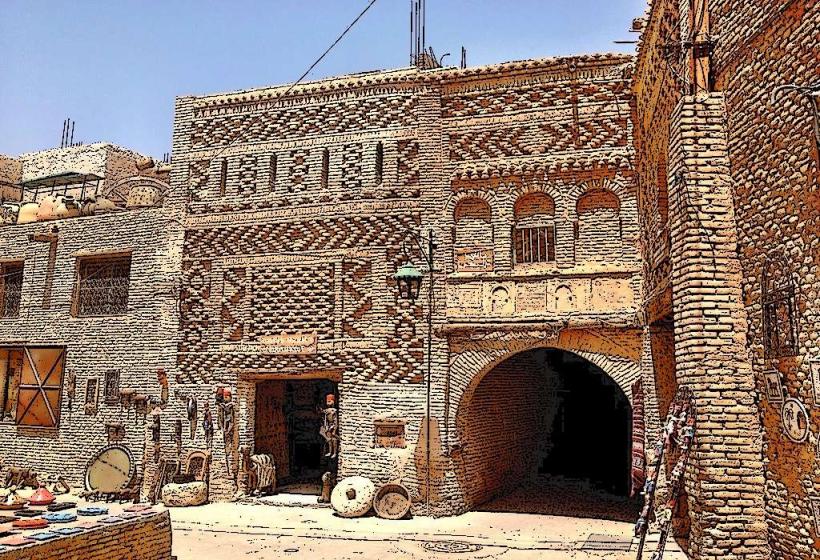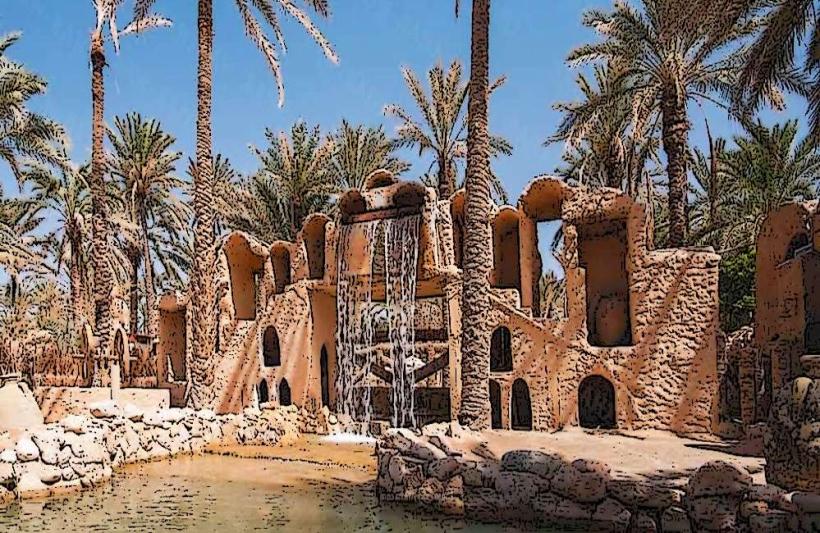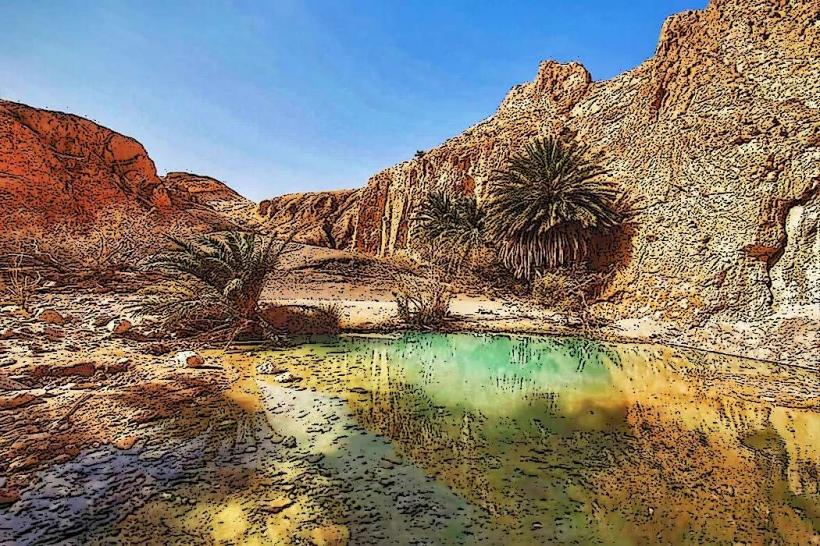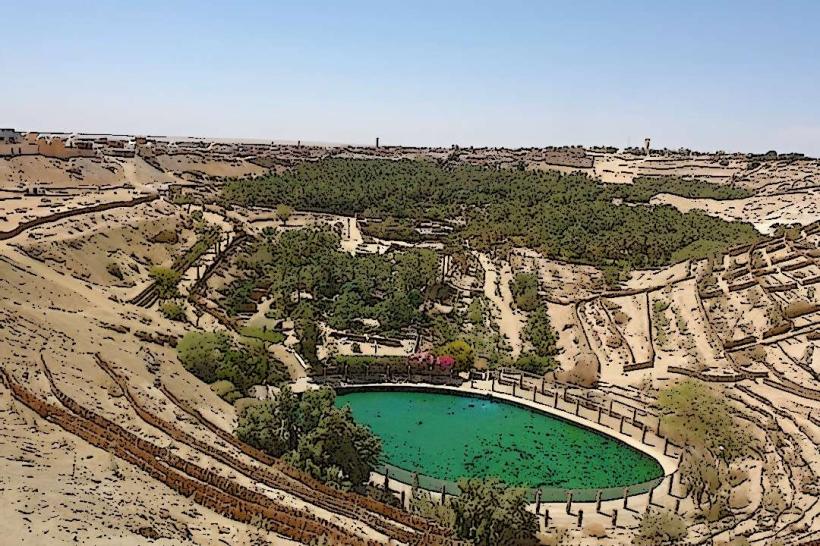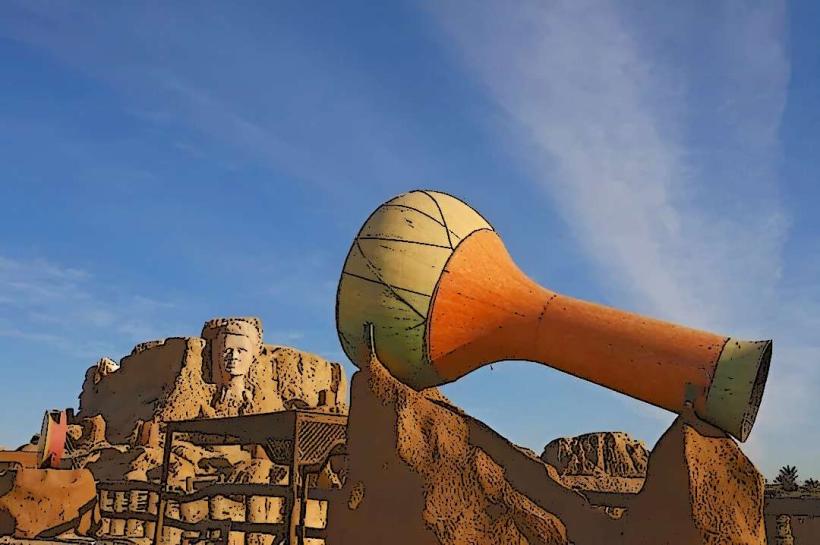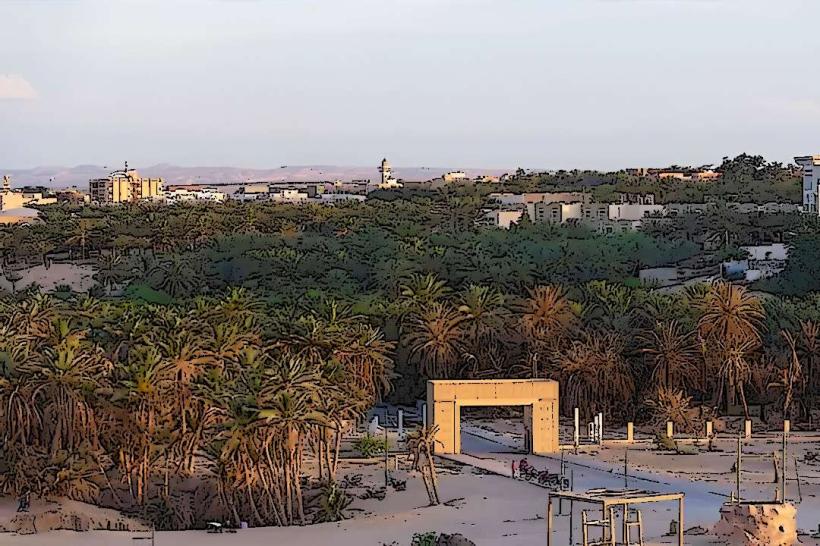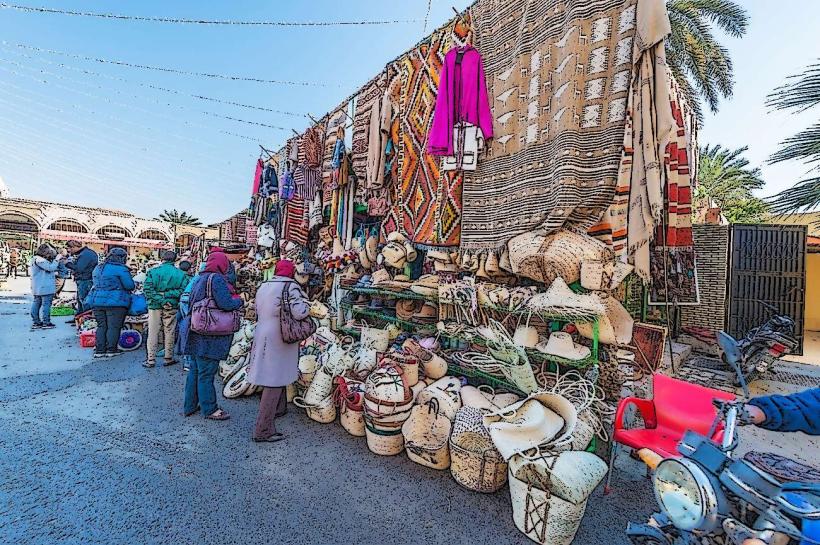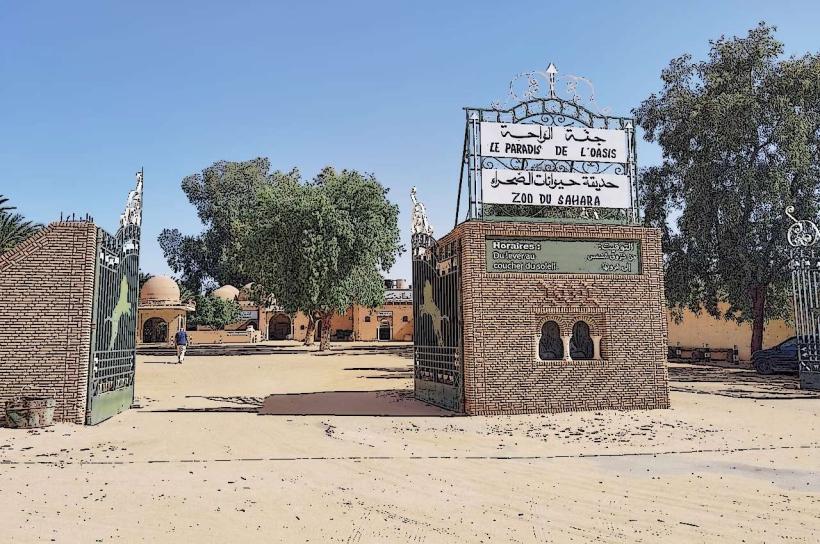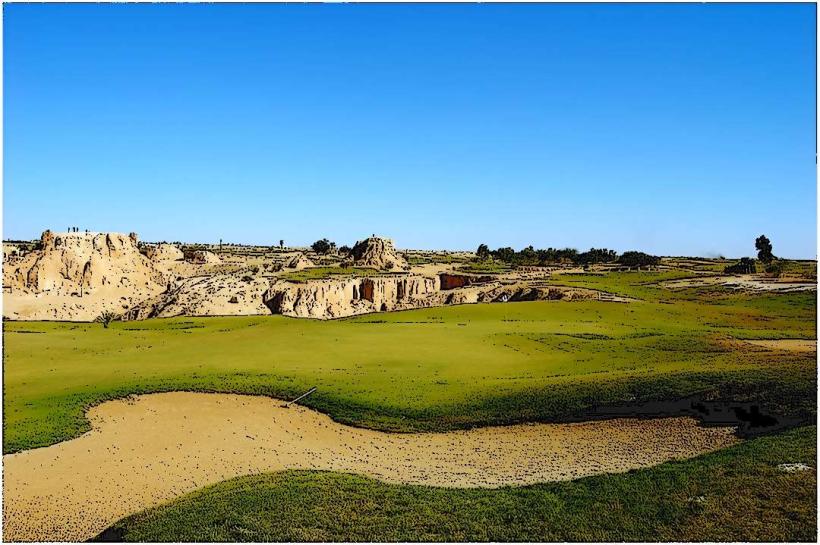Information
Landmark: Dar Cherait MuseumCity: Tozeur
Country: Tunisia
Continent: Africa
Dar Cherait Museum, Tozeur, Tunisia, Africa
Overview
In Tozeur, the Dar Cheraït Museum stands out as Tunisia’s first privately funded museum, drawing visitors into a richly detailed journey through the country’s heritage, from ornate carved doors to flickering lamplight in its exhibits, then abderrazak Cheraït, a well-known local businessman and former mayor of Tozeur, founded the museum in 1990 to celebrate the region’s rich culture-think vivid Berber textiles and carved desert doors-and to draw visitors to southwestern Tunisia.Since then, it’s grown into the heart of Tozeur’s cultural life, as familiar as the warm scent of dates drifting through the market, not only that first.Believe it or not, The museum sits in Tozeur’s tourist district, right beside the swaying palms of the grove and just a short stroll from luxury hotels, what’s more the building follows the design of a traditional Tunisian palace, with soft archways, mashrabiya windows casting patterned shadows, vibrant tile mosaics, and carved woodwork that together summon the elegance of Ottoman and Husainid noble homes.The building and its grounds make up an architectural complex featuring the main Dar Cheraït Museum, a linked cultural and arts center, an annex called the “1001 Nights Palace” for fantasy displays, and gardens with a miniature café decorated in local style, where fresh mint tea fills the air with its warm scent, consequently the Dar Cheraït Museum doesn’t follow the usual archaeological or fine arts model-you won’t find rows of dusty relics or hushed white galleries here.Instead, it’s an ethnographic, hands-on museum that brings to life Tunisia’s daily routines, rituals, and surroundings-from the scent of spices in a marketplace to traditions spanning pre‑colonial times through the 19th century, simultaneously it serves three purposes: preserving southern Tunisia’s cultural memory, educating visitors with vivid, easy-to-follow displays, and drawing tourists through authentic scenes woven with rich, visual storytelling.Inside, the rooms unfold like a series of life-size dioramas, each filled with worn boots, sturdy chairs, and well-used tools, after that the reconstructions are carefully staged, so visitors feel as if they’ve stepped straight into history-hearing the creak of wooden floors beneath their feet.Main exhibits and rooms-section A, where the classical maps still smell faintly of ink, in addition traditional Tunisian Life - Wedding Room: captures the buzz of a marriage celebration, with musicians playing lively tunes, relatives gathered close, and the bride shimmering in her ceremonial dress.To be honest, Hammam (Bathhouse): Step into a lifelike scene of a women’s bathhouse, where mannequins in flowing hammam robes stand beneath a haze of imagined steam, moreover marketplace (Souk): Potters shape wet clay, blacksmiths hammer glowing metal, spice sellers offer fragrant heaps, and weavers pull luminous threads through their looms.Just the letter B, sharp and simple, like it was freshly written in black ink, along with traditional kitchen at home, warm with copper pots, ceramic bowls, and the scent of bread from a wood-fired oven.The living quarters feature divans draped in embroidered fabric, thick rugs underfoot, and the warm elegance typical of a 19th‑century bourgeois home, also c - a single sharp mark, like the tip of a pencil on paper.In a kouttab, or Qur’anic school, children sit cross-legged on worn mats, wooden writing tablets balanced in their laps, along with prayer Room: A quiet corner that reveals the family’s spiritual life, where the faint scent of incense lingers in the air.The letter D sat murky and solid on the page, like a tiny doorway waiting to be opened, what’s more in the Artisan and Cultural Life Rooms, you’ll find Berber jewelry and clothing, delicate Ottoman-Tunisian embroidery, flowing lines of calligraphy beside timeworn manuscripts, and musical instruments that still smell faintly of polished wood.“Palais des Mille et Une Nuits” (1001 Nights Palace) An annex of the museum offers a more fantastical journey based on Arabian Nights themes, featuring: Scenes from tales like Aladdin and Ali Baba Stylized orientalist decoration Displays meant to evoke folkloric and magical imagination from Islamic and Arab storytelling traditions Though more theatrical, it’s part of the museum’s goal to blend myth, memory, and popular culture.I think, The “Palais des Mille et Une Nuits” - an annex to the museum - sweeps visitors into a dreamlike world inspired by Arabian Nights, with scenes from Aladdin and Ali Baba, ornate arches painted in deep gold, and displays that stir the folkloric magic of Islamic and Arab storytelling; theatrical, yes, but still faithful to the museum’s mission of weaving myth, memory, and popular culture, along with five.The museum showcases the heritage of southern Tunisia, where you might hear desert winds outside and find customs unlike those in the busy cities along the northern coast, not only that it keeps rural and oasis life alive, showing how Arab, Berber, African, and Andalusian traditions mingle, like colors woven through a patterned rug.It shows the rhythms of daily life-birth, marriage, death-along with religious rites and the warm ritual of offering guests tea, what’s more it’s also used for things like educational programs for Tunisian school groups, special exhibitions that fill the halls with color, local festivals, and promoting cultural tourism.The museum itself feels like a masterpiece-its walls shimmer with rich Zellige tiles and intricate stucco carvings, domes soar above like quiet guardians, and vaulted ceilings breathe a sense of history and reverence, in turn sunlit courtyards and cool arcades echo Islamic home design shaped for desert life, while Andalusian, Ottoman, and Saharan motifs weave together into a style that’s unmistakably Tunisian, somewhat You know, Seven, not only that you’ll find it on Route Touristique in Tozeur, Tunisia, usually open from 8 a.m. To 10 p.m, though hours can shift with the seasons, in addition entry’s paid, but students and groups get a break on the price.There’s a petite café serving strong, fragrant coffee, a souvenir shop, and a quiet garden courtyard, in turn in the end, the Dar Cheraït Museum offers far more than shelves of artifacts-it pulls you into a vivid, artistic world that brings Tunisia’s pre-modern culture to life, right down to the flicker of lamplight on carved wood.With atmospheric staging, meticulous reconstruction, and vibrant displays of material culture, it draws visitors into a multi-sensory story of Tunisian life-imagine the scent of spices-before the sweeping changes of the 20th century.
Author: Tourist Landmarks
Date: 2025-09-27

